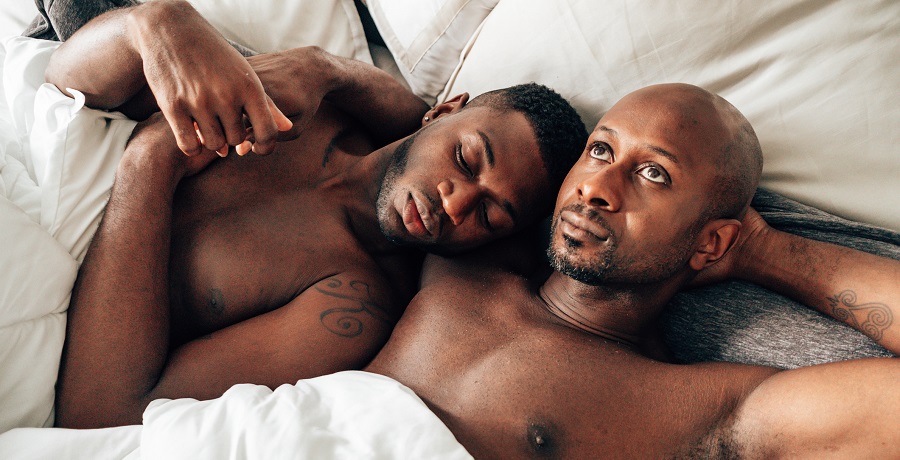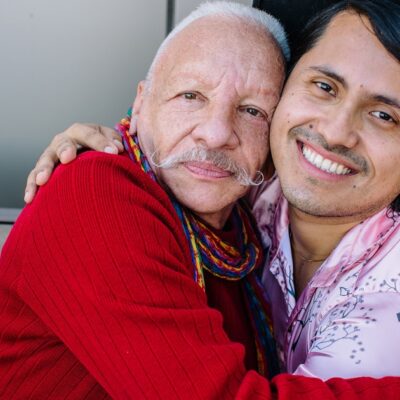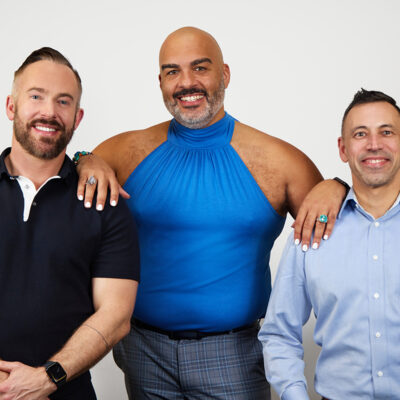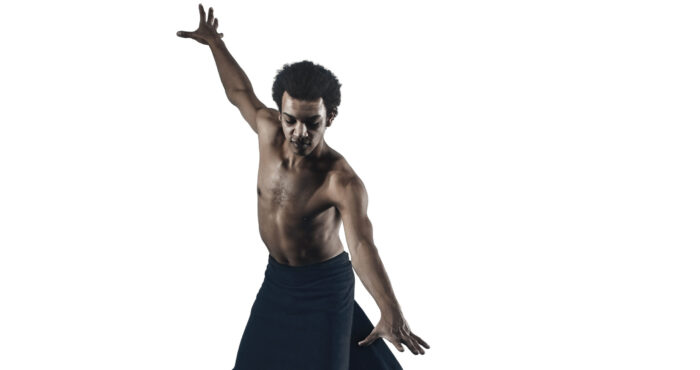I’m a dom bottom. What does that mean?

Open any dating app today and you’ll find yourself faced with a dropdown menu of labels so curated that you’d think they must be universal truths. Top, bottom, versatile – neat little boxes that are supposed to define who we are and what we want. But human sexuality has never been that simple.
Long before Grindr and SCRUFF turned these terms into standard vocabulary, the gay community had its own subtle language. Colored handkerchiefs, specific clothing choices – a secret code that let men safely signal their preferences to those who understood. And when that wasn’t enough, because it never was, they actually talked to each other to find each individual’s nuance.
Today’s digital labels might be more straightforward, but they’ve also flattened the rich rainbow of intimate dynamics into oversimplified categories. If sexuality preferences are like an orange, saying you’re a top is just a slice. What else makes up who you are in bed?
“I’m a dom bottom,” I wrote to a guy on Grindr.
“A dom bottom? How is that even possible?” I could almost hear him chuckling in his reply as the blue message appeared on my screen.
His reaction wasn’t unusual, and I had to explain myself. Many people automatically equate being dominant with being a top, and submissive with being a bottom. It’s a misconception that runs deep in both straight and queer communities.
But here’s the thing: dominance and submission exist independently from physical positions. They operate on separate axes. Being dominant doesn’t automatically make someone a top, just as being submissive doesn’t make someone a bottom. These dynamics can manifest in countless ways, from gentle guidance to explicit direction, from warm encouragement to playful teasing.
Think of it like a dance – the person following the steps isn’t necessarily the one leading the dance. A skilled follower can guide their partner through subtle cues, pressure changes, and body language, all while technically being “led.”
Being a dominant bottom means taking control of your pleasure while still being the receptive partner. It means knowing exactly what you want and how you want it. It means setting the pace and giving directions – all while maintaining the physical dynamic that brings you pleasure.
Some call it “power bottoming,” but that term doesn’t quite capture the full spectrum. A power bottom might be dominant, but they might also simply be highly engaged and energetic without necessarily taking control. In the dancing metaphor, the power bottom might be a follower who plays their role very intensely without providing any feedback to their partner.
A dominant bottom, on the other hand, explicitly claims and exercises power within the encounter. Although, I can imagine a dominant bottom becoming a power bottom once the top has made the bottom feel comfortable within the exchange of power.
Now, take the concept of a “dominant bottom” versus a “bossy bottom.”
Picture a dance studio, yet again. A dominant bottom is like an experienced choreographer who understands both the music and the dancer’s capabilities. They direct with confidence, demonstrate what they want, and create an environment where both partners can shine. Their partner moves freely within the structure they’ve created, knowing exactly what’s expected.
A bossy bottom is more like someone who’s watched a few dance shows and now thinks they can teach. They might have some good ideas, but their directions are often unclear or impractical. Instead of creating flow, they interrupt it – stepping on toes both literally and figuratively.
The term bossy bottom has, therefore, been used derogatively to describe bottoms. From experience, this can be because of the bottom’s inability to clearly communicate, but also could be no fault of their own. If a top, for instance, is expecting a bottom to be submissive, which is a big mistake, he may then perceive an entirely capable dominant bottom as a bossy bottom and therefore inaccurately label the bottom as such.
The confusion around this dynamic reveals how we’re still wrestling with outdated notions of power and gender roles. There’s an assumption that being receptive means being passive, that taking means submitting. But ask any experienced player in the scene – power flows in multiple directions, often simultaneously.
So yes, being a dominant bottom is not only possible, it’s a valid and fulfilling way to express yourself sexually. The next time someone questions it, you might remind them just as I did, that sexuality, like life itself, rarely fits into neat little boxes. And that’s exactly what makes it beautiful.










